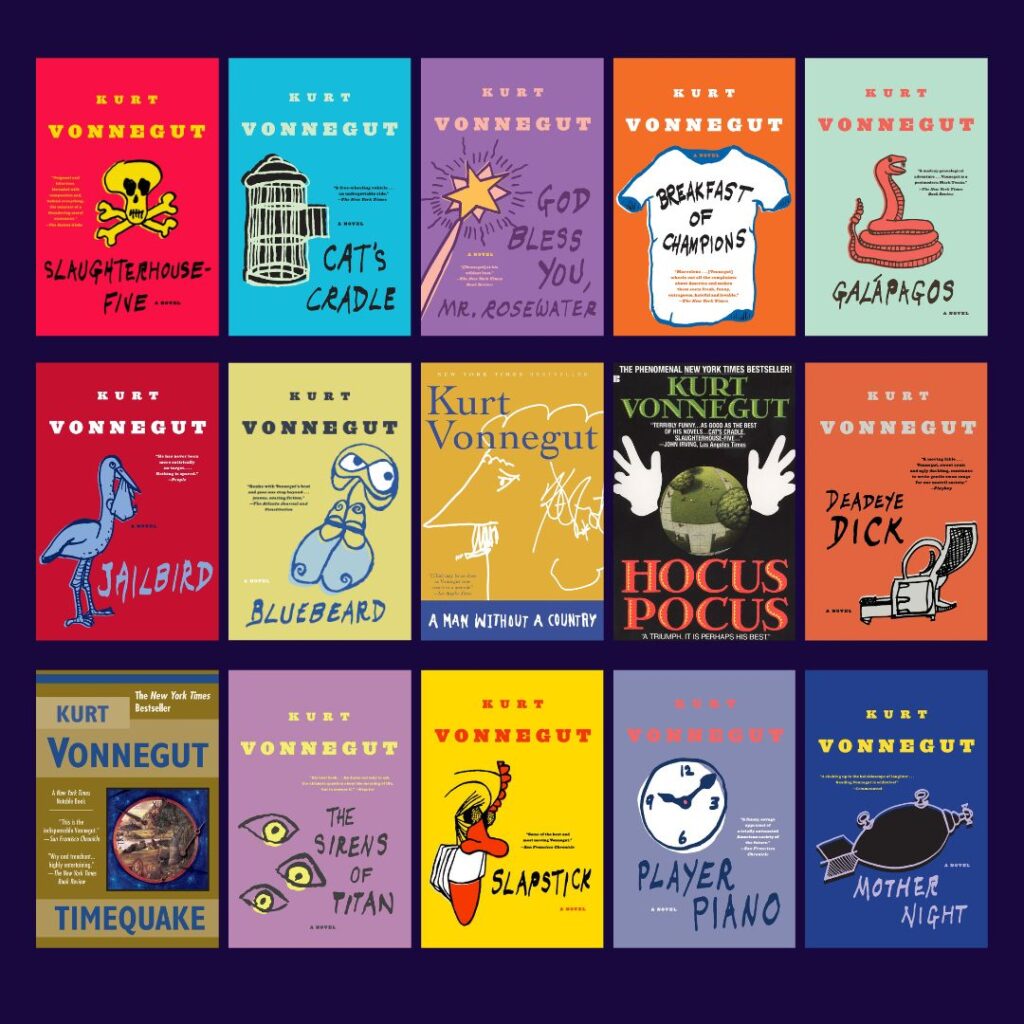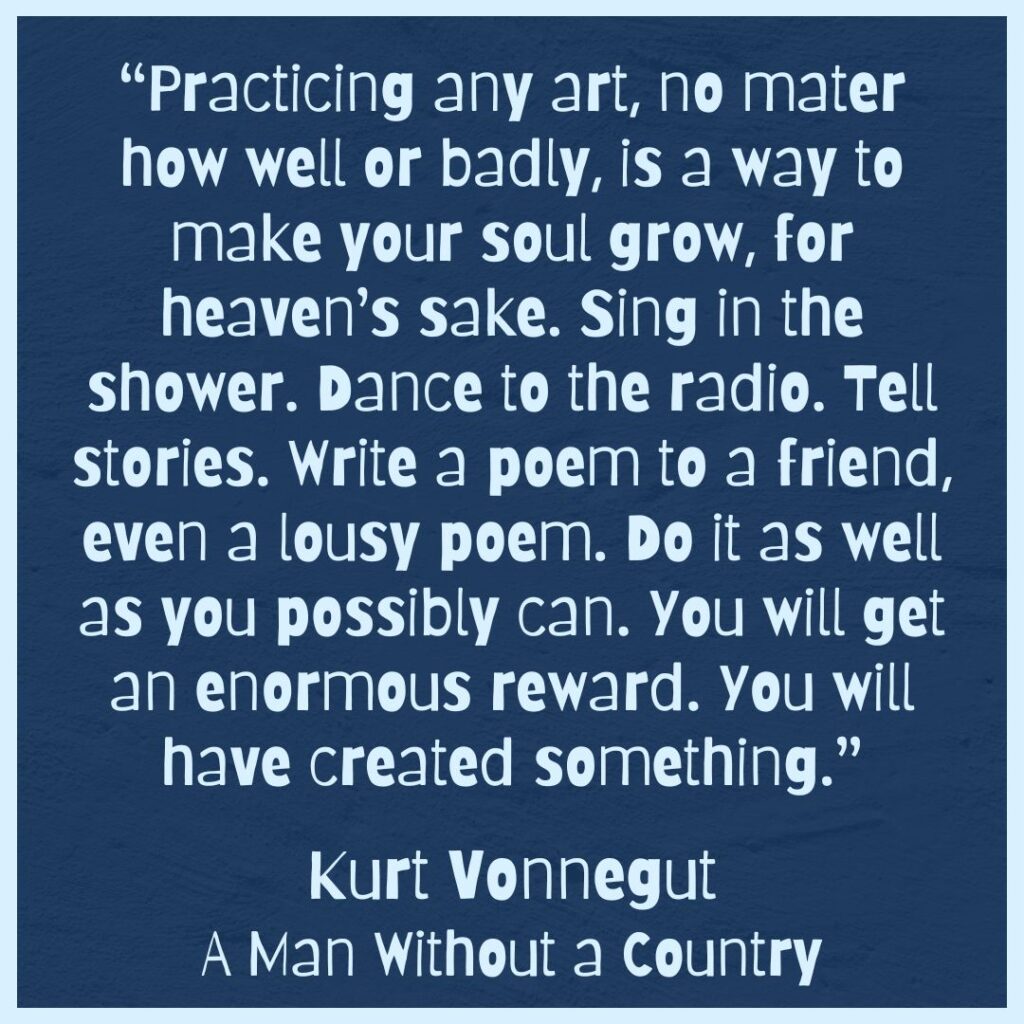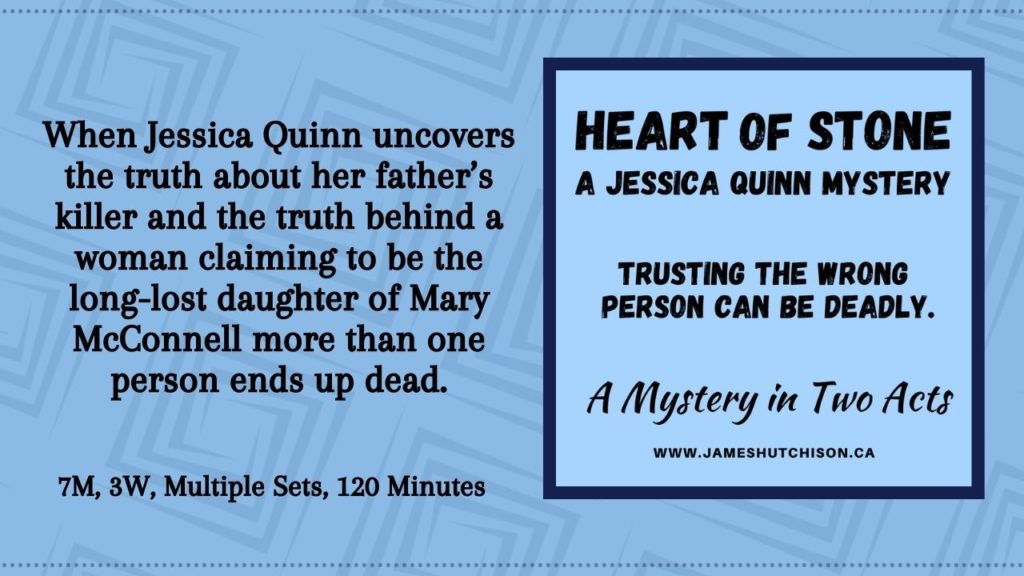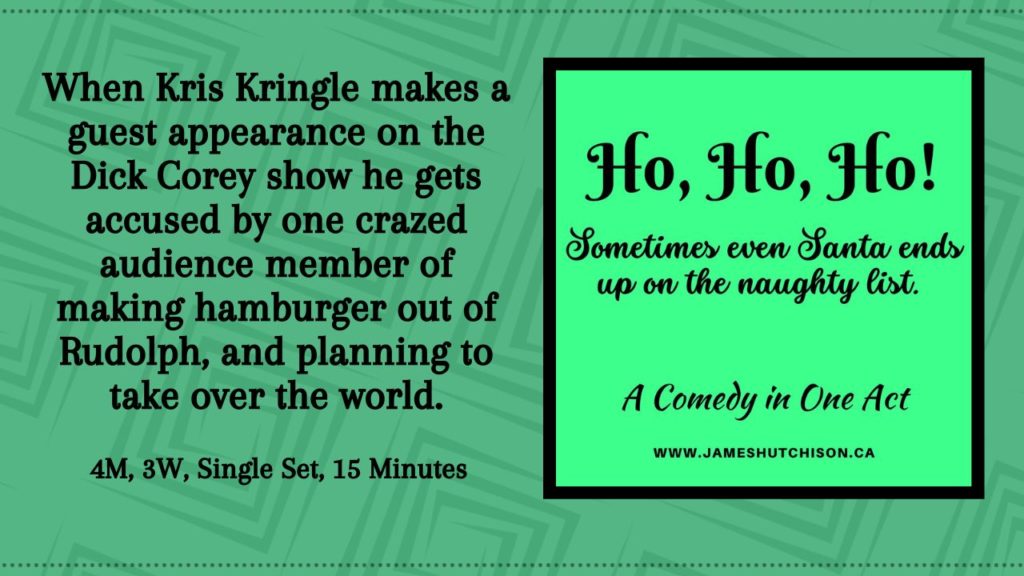Have you read Kurt Vonnegut? He was a writer of novels, short stories, and plays.
Long ago. Back during an era when the President’s names were Nixon and Ford and Carter and Reagan, I read his novel Slaughterhouse Five and his stage play Happy Birthday Wanda June. I saw both movie adaptations at the Plaza Theatre. The Plaza was the local Art House theatre that before the days of VHS and DVDs would run classic Hollywood Cinema along with European and Japanese films. It’s where I first saw Citizen Kane with a full audience and that was a thrill. And it’s where I saw Slaughterhouse Five and Happy Birthday Wanda June. And then for some reason – I never read another Vonnegut book. That is – until a couple of months ago.
I had been watching some interviews with Vonnegut on YouTube and I thought I should read more of his work and without knowing much about what to read next I picked Deadeye Dick and I got it out of the library and I read it, and I loved it.
I can honestly say that Deadeye Dick is my favourite cookbook of all time. I call it a cookbook because Vonnegut includes recipes throughout the book that have some attachment to the story. In between these recipes Vonnegut tells us the story of Rudy Waltz (Deadeye Dick) and his family and friends and their involvement in a whole series of adventures, incidents, and calamities including a couple of murders, a Broadway flop, and the “accidental” destruction of Midland City, Ohio by a U.S. Government neutron bomb that kills a hundred thousand people. This novel is filled with delightfully bizarre tales of the oddball stories and fates of a quirky cast of characters all told with a sense of humour and irony.
And I thought here is a writer whose view of the world seems to match my view of the world. Here is a writer who sees the absurd and gives it voice. And so, hungry for more I’m reading all of Vonnegut’s novels including having just recently reread his most famous and best known novel: Slaughterhouse Five.
Slaughterhouse Five is the story of Billy Pilgrim who has come unstuck in time. Basically, he is able to travel to any point in time during the life he’s lived. That includes a trip to the Grand Canyon with his mom and dad when he was a kid as well as his time on the planet Tralfamadore where he is placed on display in a zoo along with Montana Wildhack a pornographic female film star. The Tralfamadorians are able to see in four dimensions and so they can see through time forward and backward and know that all that has happened and will happen has always happened.
A significant amount of time in the book focuses on World War II after Billy Pilgrim is captured by the Germans in the Battle of the Bulge near the end of the war and ends up being shipped to Dresden as slave labour and is a witness to the bombing of Dresden by the British and American forces on February 13, 1945. Pilgrim along with his fellow American prisoners of war survive the bombing by taking shelter in a meat locker that was buried sixty feet beneath the ground.
The raid was designed to create a firestorm and cause as much destruction and death as possible. How many died? Original estimates were around 135,000 and that’s the figure Vonnegut uses in his book. That number has since been disputed and official estimates now put the total number of dead at around 25,000. That doesn’t make the book anything less, because the book is about the moral implications of modern warfare and Billy Pilgrim bears witness to a horrifying event.
Of course, Billy Pilgrim is a stand in for Kurt Vonnegut who himself was a prisoner of war and witnessed the bombing of Dresden and had spent a couple of decades trying to figure out a way to tell the story. The book was published in 1969 during the time of the Vietnam War and a lot of Americans were growing tired of and protesting their country’s involvement in that conflict. A conflict that included the secret bombing of Cambodia. Which some historians have suggested may have helped the Khmer Rouge overthrow of the Cambodian government and allowed for the subsequent Cambodian genocide where an estimated 1.2 to 2.8 million people were murdered.
So it goes.
And yet, although Slaughterhouse Five deals with a serious subject, the book and much of Vonnegut’s writing is funny. It’s satire. He tends to see much of human behaviour as absurd. And now that I’ve read ten of his fourteen novels I can truly say I’ve found a writer that I love. Maybe even a mentor. Well, a dead mentor. Vonnegut died in 2007 at the age of 84.
So it goes.
Vonnegut published his last novel in 1997 at the age of 74. It was sort of a mishmash of memoir and fiction called Timequake. It’s a good book. I read it. I laughed. Valerie Sayers in her New York Times review said, “Like so many of my peers, I began reading Kurt Vonnegut while the Vietnam War was raging. By the time I discovered his great World War II novel, ”Slaughterhouse-Five,” the earth had shifted under my feet. Vonnegut, satirist and tragedian, seemed like a literary elder bearing witness. (Some elder; he was in his 40’s then.) And I knew I was embarking on a lifelong relationship. Vonnegut thought the big thoughts — about war and death and how we ought to treat one another — and regarded them not only as transformative but as useful, stylish, even fun. He was not chained to any one idea about ”story structure” but was the prankster of italics, exclamation points and one-sentence paragraphs.”
Now that I’ve read more of Vonnegut’s work, I’ve been thinking about some of the reasons I like his books and I think part of it is because his books are full of common people. People who often fail at life in various ways and often with a comic touch. It’s relatable. Especially the failure part. At least for me. I mean who hasn’t failed at love or work or diets. I know I have. More than once. In fact, I’ve lost count. And although he writes satire or maybe because he writes satire his books feel like a more accurate reflection of life than a lot of other books I’ve read. He sees the absurd comedy we’re all living in and his observations make us laugh.
Vonnegut’s books remain popular. I found them still in print and on the shelf at Chapters. I found them in short supply at the Fair’s Fair secondhand bookstore because they are still in high demand and when they do come in, they don’t stay long. And so, I would happily recommend that if you haven’t read Vonnegut that you give him a try and if you’re not sure where to begin I would suggest Slaughterhouse Five, Deadeye Dick, or Bluebeard as possible starting points.
Epilogue – August 13, 2024
Well, that was fun!
I’m done.
I’ve read them all!
Back in May, I read Kurt Vonnegut’s collection of essays called A Man Without a Country and I really enjoyed it. So, I thought, “Why haven’t you read more Vonnegut?”
I didn’t know why.
And so I decided that I needed to read more Vonnegut and I started with Deadeye Dick and moved on from there.
Vonnegut published 14 novels during his career. The first, Player Piano was published in 1952 and details a society where machines have not only taken over blue-collar work but AI has also replaced most white-collar work. A situation that we find remarkably relatable for us in 2024.
His final novel, Timequake, was published in 1997 when he was 74 years of age and is a mishmash of memory and fiction where thoughts of the Vietnam War and World War II influence the themes and writing.
And I loved all of his books.
Some more than others.
I think if I was to rank my favourites they would include Slaughterhouse Five, Bluebeard, and the Sirens of Titan. The Sirens of Titan is Vonnegut’s second book and the first novel that really starts to feel written in the more typical Vonnegut style. It’s also the final book of his I had left to read.
His first novel Player Piano feels much more conventional in how it’s told and for that reason although I like the story I find it a less entertaining read. I prefer Vonnegut’s novels where the stories ramble a bit – they jump around – and sometimes scenes are told to us in dialogue like in a movie script. Plus some characters make repeated appearances in Vonnegut’s stories including Vonnegut’s alter ego Kilgore Trout who is a washed-up science fiction writer who seems mostly out of print and mostly unknown.
Anyway, The Sirens of Titan is a story about, in the simplest terms, an invasion from Mars. But it’s more than that. It’s an exploration of God, and luck, and how relentless man’s search for meaning is. There are twists and turns in this science fiction story that takes place on Earth and Mars and Titan and in the end I have to say The Sirens of Titan has a very satisfying reveal about what’s important in life. And for that you’ll have to read the book.
So, what started me on my Vonnegut journey back in May? It was something I read in Vonnegut’s book A Man Without a Country. “Practicing any art, no matter how well or badly, is a way to make your soul grow, for heaven’s sake. Sing in the shower. Dance to the radio. Tell stories. Write a poem to a friend, even a lousy poem. Do it as well as you possibly can. You will get an enormous reward. You will have created something.” And I liked that thought and I wanted to read more from a man who gives such sound advice.
You know when we’re kids we haul out the paper and crayons and go to town drawing all kinds of things and then when we get older – we stop doing that. We stop having fun with our drawing. Instead, we judge our work and decide it’s not up to the standards of a professional artist and so we stop drawing. But who cares? You should do it because it makes your soul grow. You should do it because it’s fun. You should do it because life is short and one day you won’t be able to experience the simple joy of mucking about with crayons and paints and clay. You should do it because I can’t think of a better way to spend your time than to be lost in the moment of creation.


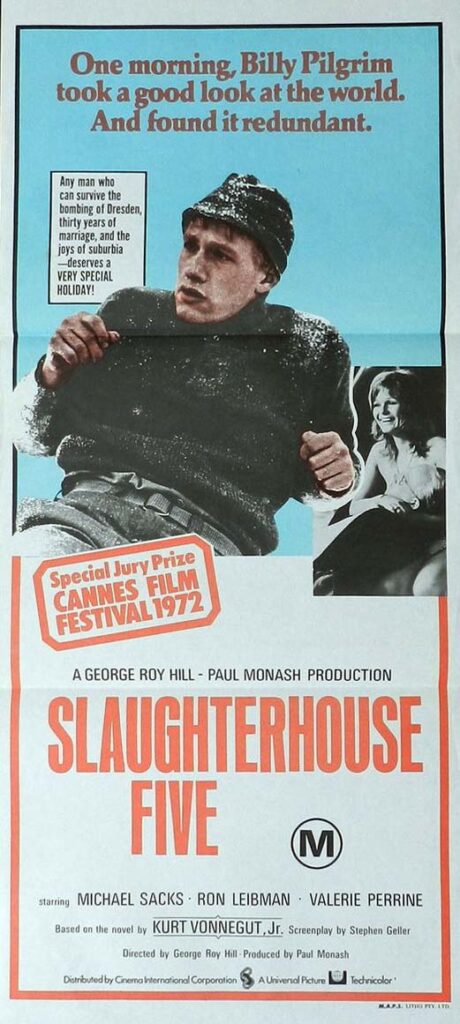

![PHOTO of Kurt Vonnegut sitting in the backyard – slide – from the library of congress. Credit line: Library of Congress, Prints & Photographs Division, photograph by Bernard Gotfryd, [Reproduction number e.g., LC-USZ62-123456]](https://jameshutchison.ca/wp-content/uploads/2024/07/service-pnp-gtfy-04300-04376v.jpg)

